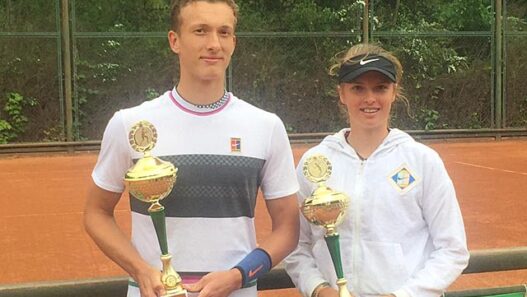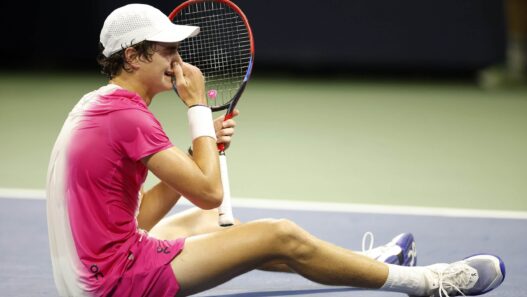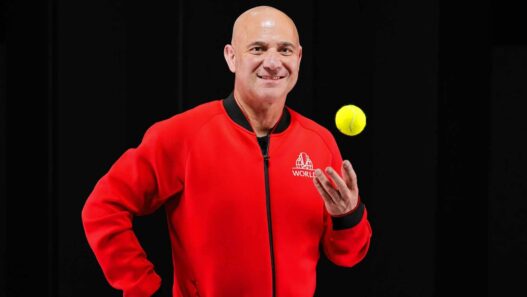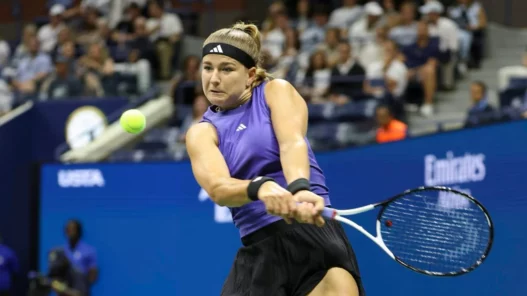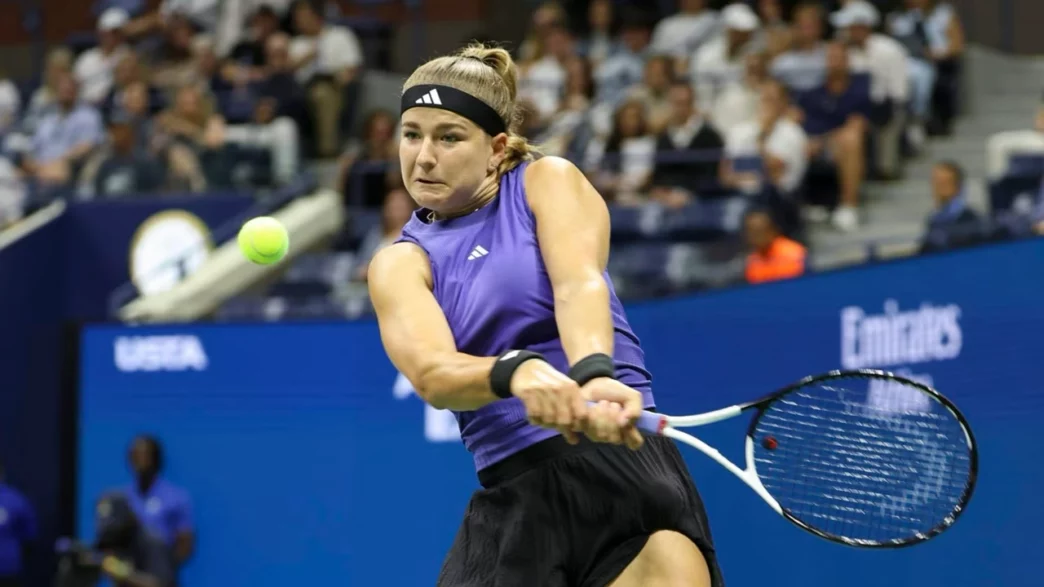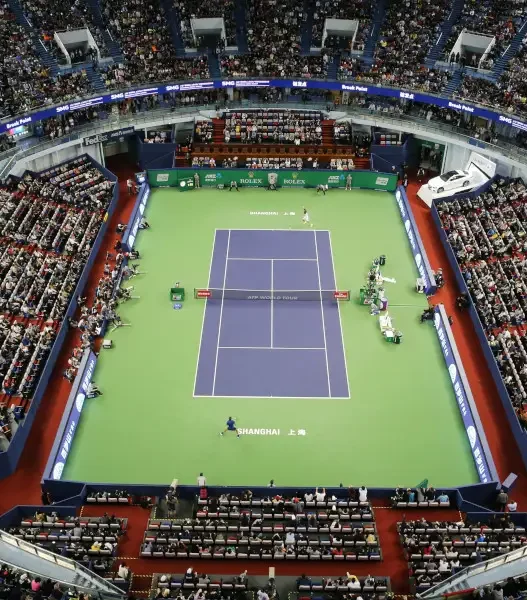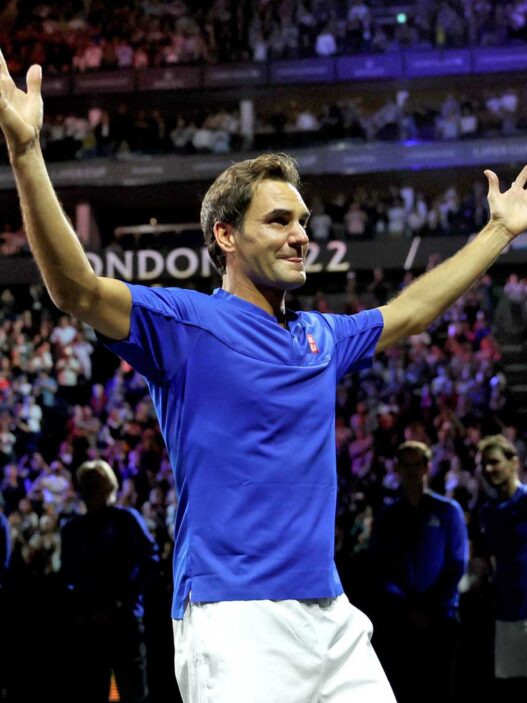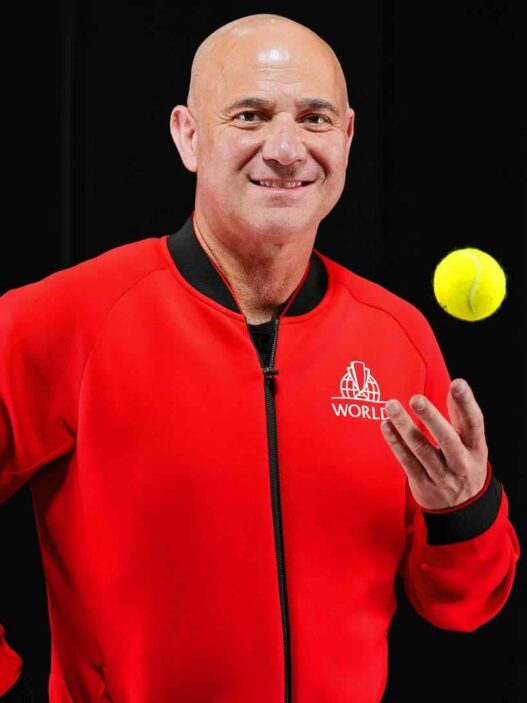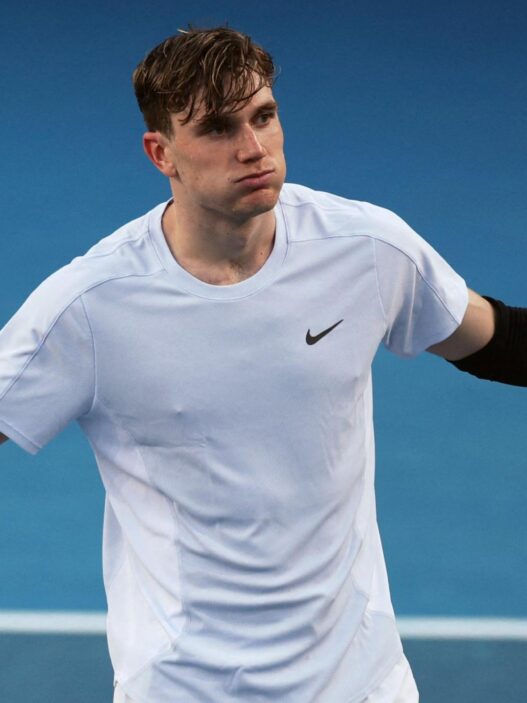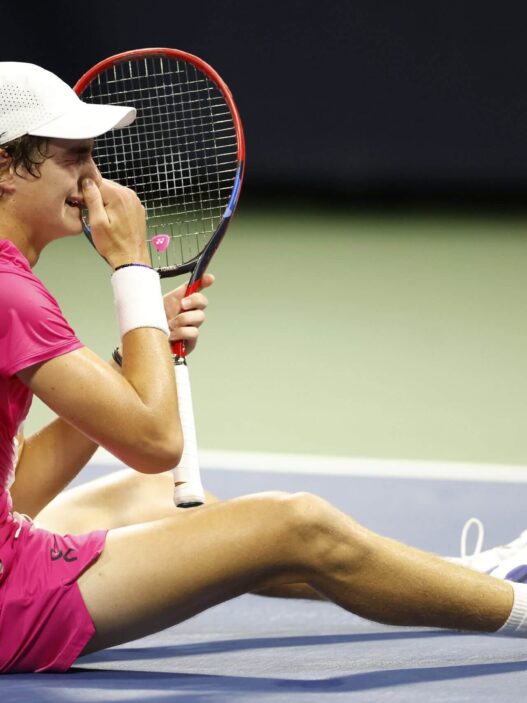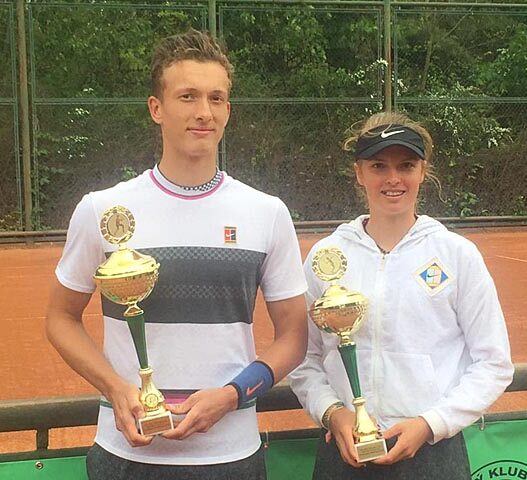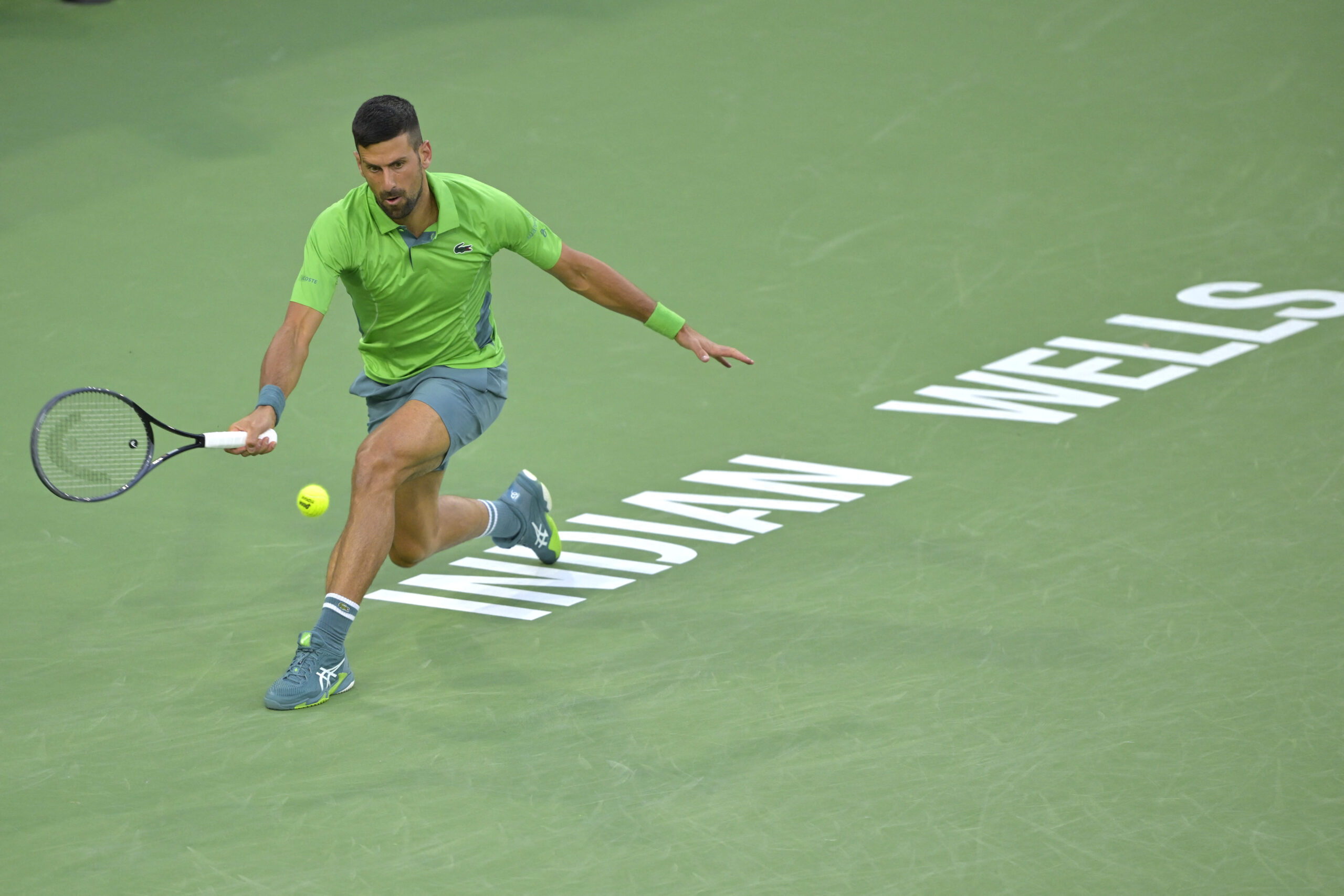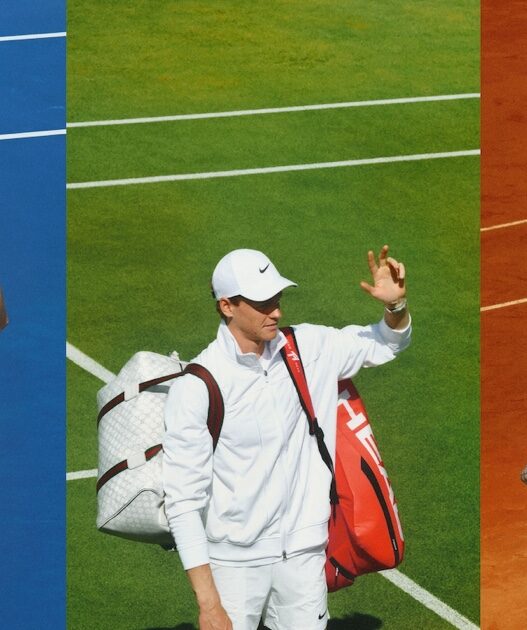The US Open this year has been nothing short of chaotic. You might have to delve deep into your recollections of the event to remember the few thrilling matches from the middle weekend, as the second week has been mostly underwhelming. The night sessions on Tuesday and Wednesday were particularly disappointing, marred by retired players due to injuries, unbalanced scores, and matches that lacked synchronization between competitors. The crowds showed their disinterest, chatting away during games, as if already disengaged. Does anyone actually want to be here?
Instead of feeling like the grand conclusion of the tennis season, this US Open resembled the exhausting end of a long marathon. Many players seemed completely drained as they bowed out of the competition. The blame often falls on the Olympic schedule for this widespread fatigue, but it’s likely a reflection of the increasing physical and mental demands of modern tennis. With barely any downtime for recovery, the impact is evident.
Amid all this weariness, Karolina Muchova stood out. She brought an invigorating energy to the tournament that was otherwise tough to follow. Her matches, even if she were up against an inanimate wall, would have been more compelling than most of what I witnessed this week.
In under two minutes, you’ll see why Muchova leaves tennis enthusiasts in awe, especially those who play the game themselves. Her tennis is the epitome of how the sport should be played; an ideal form that many aspire to but rarely achieve. Wouldn’t we all want to emulate her style?
Muchova brings a highly adaptable game to the court, moving through her array of strategies with exquisite finesse. When she’s at her best, every move and stroke appears guided by a harmonious, almost inevitable rhythm. She transitions seamlessly from one shot to another, making it all look effortless and precise. Her all-court style is bold yet calculated—it’s a testament to her raw talent and flawless footwork. She has the nimbleness to maneuver around any ball, the quickness to charge the net, and the touch to execute volleys or pinpoint groundstrokes into the corners.
This approach stands in stark contrast to the dull, repetitive baseline rallies that sometimes plague the sport’s least exciting matches. Muchova constructs points that remind fans why tennis is a spectacle worth watching. Her court magic is a vivid counterpoint to matches like those between Zheng and Sabalenka or Medvedev and Sinner, which can make you forget the sport’s elegance. Muchova’s showing was precisely the refreshment this tournament yearned for.
Her surge to prominence was equally sudden. After reaching the semifinals in New York the previous year, Muchova was sidelined for nine months due to a wrist injury—one of the most dreaded injuries for tennis players—before returning to action this summer. Muchova’s Achilles’ heel has always been her health. When she is fit and in form, it’s as if people remember, “Oh yes, she’s phenomenal and almost otherworldly.”
Critics and fans alike shower her with praise. Just last week, commentators on ESPN attempted, albeit clumsily, to highlight the rarity of Muchova’s playing style in today’s game. Chris Evert remarked that Muchova played in a way reminiscent of men, which sparked a reaction from Ons Jabeur, who also embraces a similar style. Evert later apologized. Muchova, however, mentioned that she admired Roger Federer and enjoyed incorporating techniques often seen in the men’s game.
Whether or not volleying is a gender-related skill can be left to the pundits—perhaps a question Nick Kyrgios would relish. What’s clear and indisputable is that few players, regardless of gender, exhibit Muchova’s versatility and fluidity across the court.
Nonetheless, Muchova couldn’t entirely escape the unique challenges of this year’s Open. While she showcased her skills brilliantly, including a spectacular victory against Naomi Osaka in the second round, her quarterfinal clash with Beatriz Haddad Maia was a different story, marred by health issues for both athletes. This bout with a stomach virus cast uncertainty over her semifinal readiness.
However, as soon as Muchova began her semifinal against Jessica Pegula, any doubts about her condition vanished. Her performance in the first set was nothing short of mesmerizing, winning it 6-1 in a rapid 28 minutes. My notes quickly filled with descriptions of her seamless and creative play.
Time and again, she sent the ball spinning into the furthest corners of the court, making it unreachable for her opponent. She appeared to have mastery over the match, even poised for a 3-0 lead in the second set. Yet, a missed volley at a crucial break point would later be acknowledged by both players as the moment the game shifted tides.
Muchova admitted that she dialed back her aggression, while Pegula elevated her performance significantly. Soon, Muchova’s confident net play waned, with Pegula forcing her into more difficult volley situations. Utilizing the same low, flat shots that helped her defeat Iga Swiatek earlier, Pegula turned the tide, clinching the second set and securing an early break in the third.
Down 1-3 in the deciding set, Muchova mounted a valiant effort, producing some of the tournament’s most captivating points, particularly a precise passing shot executed with finesse. Nonetheless, it fell short. In a moment of frustration, she tossed her racquet about 15 feet into the air, only to catch it effortlessly, making even that seem graceful.
Given her lead, one might see this outcome as a disappointing fall for Muchova. Surprisingly, she replicated her semifinal run from the previous year despite limited playtime since then. Let’s hope the tennis deities grant her good health in 2025. Who knows when her talent might be needed to elevate a lackluster tournament.




